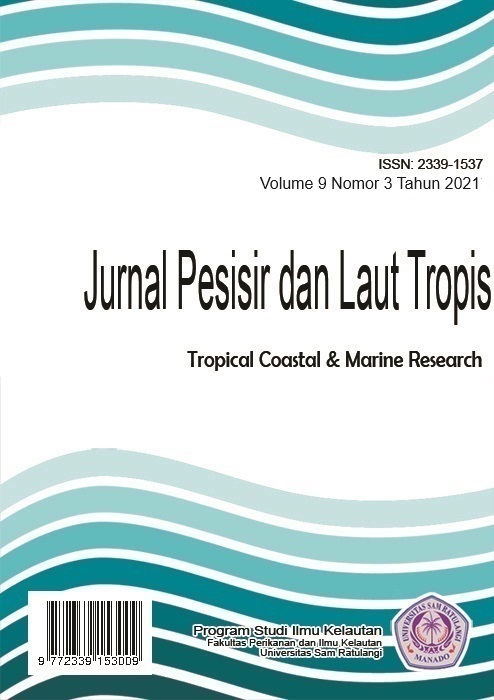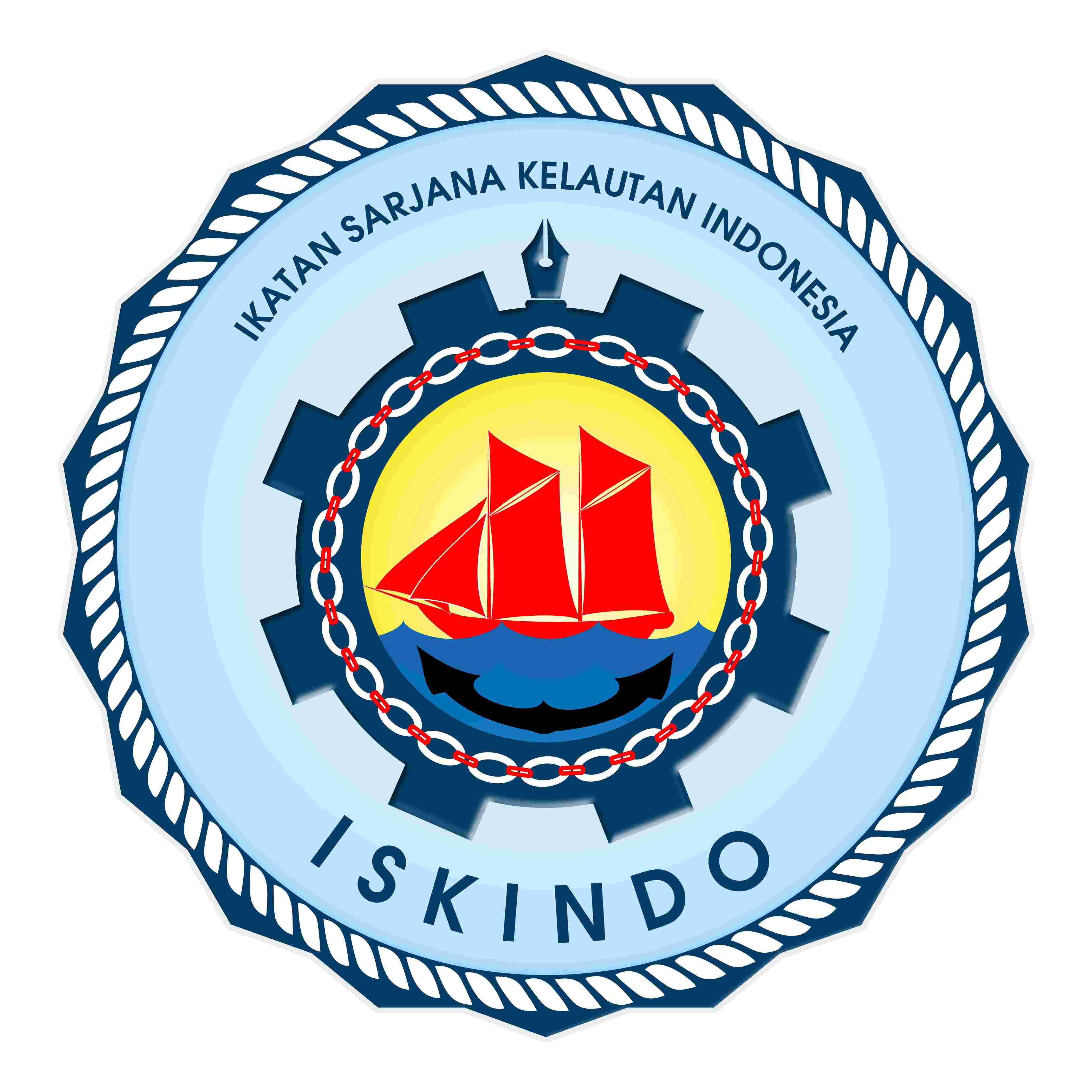POTENSI BIOAKTIVITAS ANTI JAMUR DAN ANTI-UV DARI ISOLAT JAMUR SIMBION PADA ASCIDIA Eudistoma sp
DOI:
https://doi.org/10.35800/jplt.9.3.2021.36661Abstract
Ascidia Eudistoma sp. produce bioactive compounds that can inhibit the growth of microorganisms. Ascidians are also known for their potential secondary metabolites in the biomedical world. This study aimed to obtain isolates of the ascidia symbiont Eudistoma sp., determine the antifungal activity against the test fungus Candida albicans, and determine the anti-UV activity of the symbiont Eudistoma sp. The ascidia symbiont fungus was extracted using maceration method with ethyl acetate solvent and tested for antifungal activity using the test fungus Candida albicans. The antifungal activity test results showed that the diameter of the AFBN 5b inhibition zone of 9 mm. The symbiont fungus can be said to have potential as an antifungal drug. Testing the anti-UV activity of fungi in symbiosis with ascidia Eudistoma sp. using a spectrophotometer showed that the extract sample of the ascida symbiont fungus could produce an absorption at UV-B (λ 290–320 nm) of 3.8 absorbance and when compared to UV-A (λ 370–400 nm) an absorption value of 0.38 was obtained and is still classified as moderate
Â
Keywords: Ascidia, Eudistoma sp., symbionts, Antifungal and Anti-UV
















